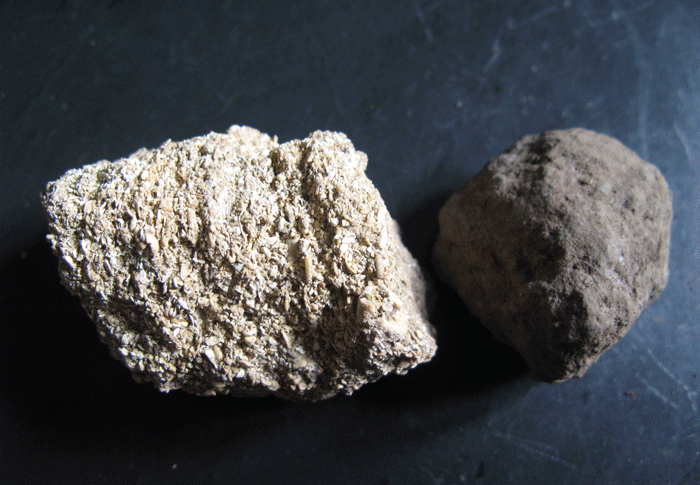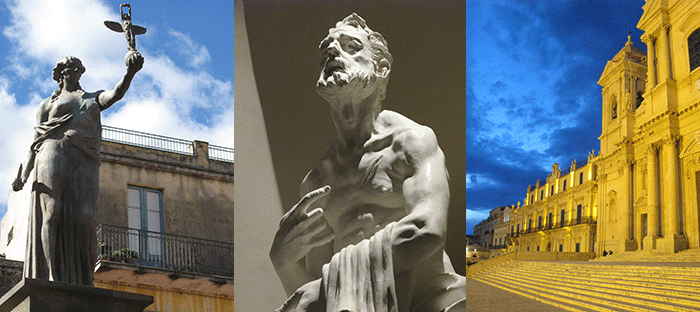A Tale of Two Sicilies (part one)
Author: David Berry Green
It’s black and white really. Not just the differences between the black lava rock and grapes that characterise one half of Sicily, and the white sedimentary limestone soils and grapes that largely typify the rest of the island. But also the story of how, in recent times, Sicily has become a (EU subsidised) source of cheap wines made from well-irrigated international grape varieties (read French), churned out by co-ops and branded companies alike, in direct competition with those from Australia or Chile. These are ultimately sold, in bulk, to the French as sunny blending material.
But the promising, bright, extra lucido side of this exciting tale lies in the emergence of a new generation of Sicilian vignaiolo (winemakers), as elsewhere along the Italian peninsula, who are backing their autochthonous (indigenous) grapes as the best way of expressing the island’s rich diversity of terroir/terreno through high quality wines.
I’m just back from criss-crossing the island – a latter-day Templar knight? – in search of the real face of Sicilian fine wine. The island’s been prized for its wine since well before Christ: from 1,000 BC, the ancient Carthaginian Empire (Tunisia), populated by Phoenicians, exported wine to Greece from Sicily. Defeat by the Romans during the Punic Wars saw it being turned into their ‘granary’; nevertheless the vine and olive trees remained in the hills, producing ancient wines such as ‘Mamertino’ and ‘Etneo’(Etna).
The Sicilians have since weathered centuries of occupation, subjugation and general meddling from foreign powers – notably Arabs, French, Swedish, Spanish, Piedmontese, Germans, Austrians, the Brits and finally Italians. Centuries of ever-changing, ineffective, government, absentee landlords of large latifundi (feudal estates) and the vacuum of administration that followed the Allies advance, and Italy’s retreat in 1943 and postwar, only encouraged the mafia.
The Sicilians learnt from their occupiers too, becoming more astute with each passing wave. Sicily comes across as no backwater; no little island adrift from European reality but one of great richness, historically and culturally. Where else do you find Roman temples still perched on limestone promontories?
The next instalment of David’s taste of Sicily will be published tomorrow. For more on the wines featured in our current campaign, go to bbr.com




